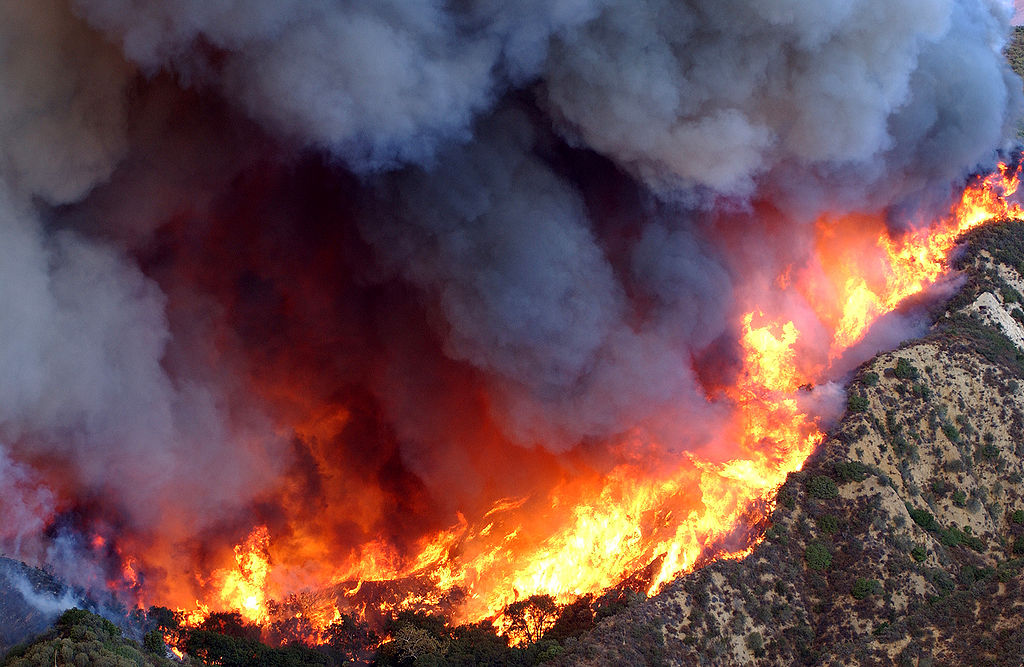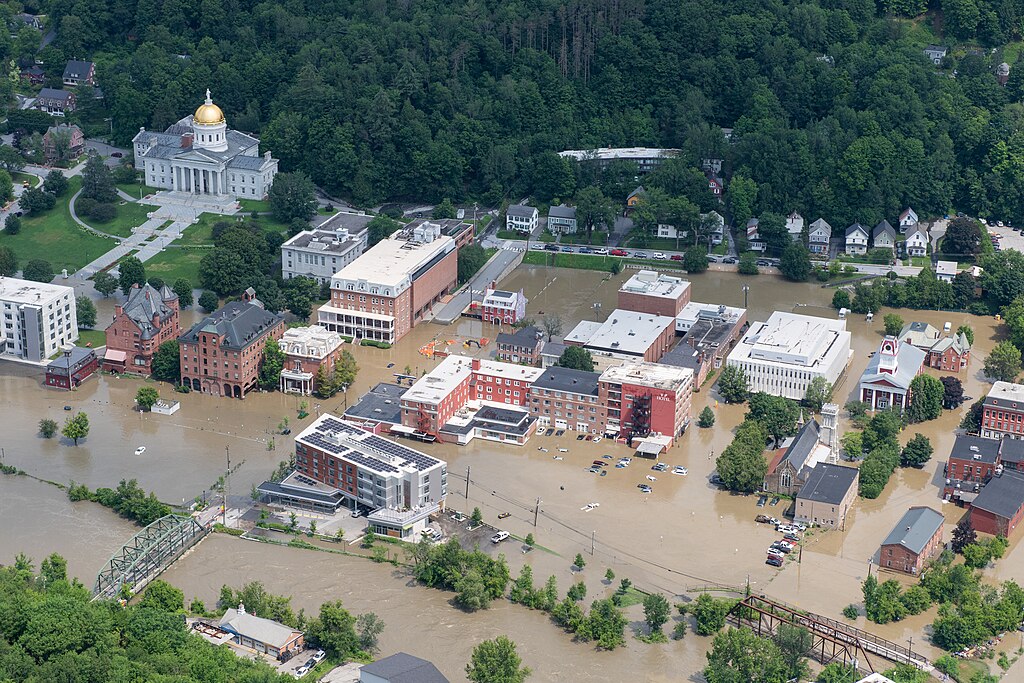Good Climate News this Week: National Monument Expansions, Lead Pipe Removal, Clean Energy Permitting, and More!
May 3, 2024
 New York City was blanketed in smoky haze from raging Canadian wildfires in early June, which resulted in historically poor air quality across the U.S.
Credit: David Dee Delgado/Getty Images
New York City was blanketed in smoky haze from raging Canadian wildfires in early June, which resulted in historically poor air quality across the U.S.
Credit: David Dee Delgado/Getty Images
This summer saw thousands of climate records shattered as extreme weather events and disasters devastated communities around the world. It seems nowhere is safe from the continuous barrage of devastating and deadly extreme heat, fires, storms, and floods that have destroyed towns and communities and stolen lives on every continent.

The unprecedented scale of “natural” disasters we witnessed this summer is a direct result of the climate crisis. Here’s a closer look at how climate change contributed to extreme weather events around the globe over the past few months.
In this article:
Record-shattering heat is the result of ever-increasing levels of carbon in the atmosphere, and is one of the most widely understood (and felt) impacts of climate change. Over the summer, millions of people in communities around the world were confronted with extreme heat. Lack of infrastructure and resources made these heat waves debilitating, and even deadly, for impacted communities, especially those who have been historically excluded.

Statistics show that extreme heat has killed more people in the U.S. than any other weather phenomenon. Prolonged exposure to extreme heat can also cause dehydration, heat stress and heat stroke, and can exacerbate existing cardiovascular and respiratory conditions. Extreme heat also takes a costly toll on our physical infrastructure, melting roads, warping rails, and forcing fossil fuel refineries and dirty power plants to curtail their output or production.
Millions of people worldwide experienced the impacts of record-breaking heat events over the past few months, including:
The extreme heat we saw this summer is just a preview of what’s to come unless serious action is taken to reduce planet-warming emissions.
Extreme heat on top of the drier land and air many regions are experiencing due to climate change is a dangerous combination that sets the stage for increasingly frequent and more intense wildfires.

This summer, some regions also experienced higher-than-normal winds generated by changing weather patterns and other storms. High winds caused wildfires to spread further and faster, ultimately making them even more destructive. Since May, we’ve seen:
Global weather patterns that create storms are disrupted by rising air and water temperatures, exacerbating storm frequency and intensity.

Storms fueled by changing weather patterns set records throughout the summer and had devastating impacts on millions of people. In June, for the first time in recorded history, each of the five ocean basins where tropical storms typically form produced a Category 5 hurricane. Also in June, two tropical storms formed in the Atlantic, another phenomenon never before recorded. Some major storms of the summer include:
These stories and statistics are startling, but we cannot allow the fear and devastation brought by extreme weather to cloud our vision for the future. It looks scary now, but the future looks a whole lot scarier if we don’t take action.
It is possible to cut the planet-warming emissions that drive climate change, all while advancing a cleaner and more just future. And while the climate crisis is a global issue, the actions we take here in the U.S. and at home can have profound benefits for the entire world.
In Washington, D.C. and across the country with our state affiliates, LCV is advocating for policies that will help cut emissions by setting strong limits on:
As we work to cut harmful pollution, we’re also working toward a transition to clean energy across the country by advocating for federal and state commitments to:
The Biden administration’s affordable clean energy plan, and its cornerstone Inflation Reduction Act (signed into law one year ago), is already making enormous headway on these goals with its more than $369 billion in clean energy project investments, as well as rebates and tax incentives for individuals, schools, towns, and businesses to invest in clean energy updates for their homes, buildings and vehicles.
While we’ve made great strides, the fight continues. You can join by:
The Freedom to Vote Act will ban partisan gerrymandering in congressional elections, improve our broken campaign finance system, and combat partisan election subversion — all of which are critical to allowing voters to freely and fairly elect representatives who will take meaningful action on climate change. Help protect voting rights. Urge Congress to pass the Freedom to Vote Act today.
Send an Email Now
The Best Thing You Can Do Right Now
Far-right Republicans are dead set on rescinding climate action and clean energy investments from the federal clean energy plan and slashing critical funding for environmental programs. And they’re willing to shut down the government to do it. Tell Congress to protect these federal investments and the climate action benefits they’re generating in states across the country.
Tell Congress to Protect Climate Progress